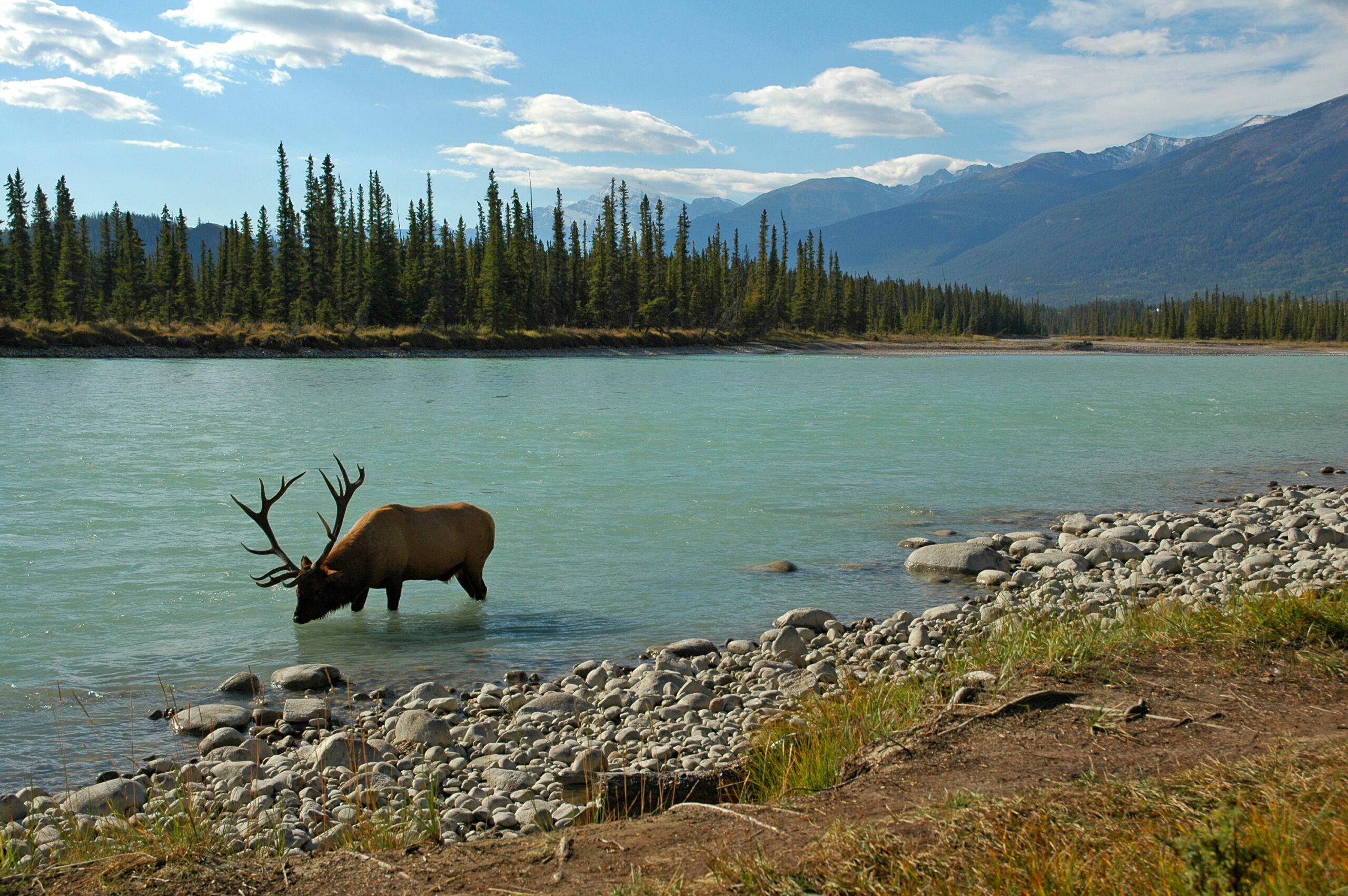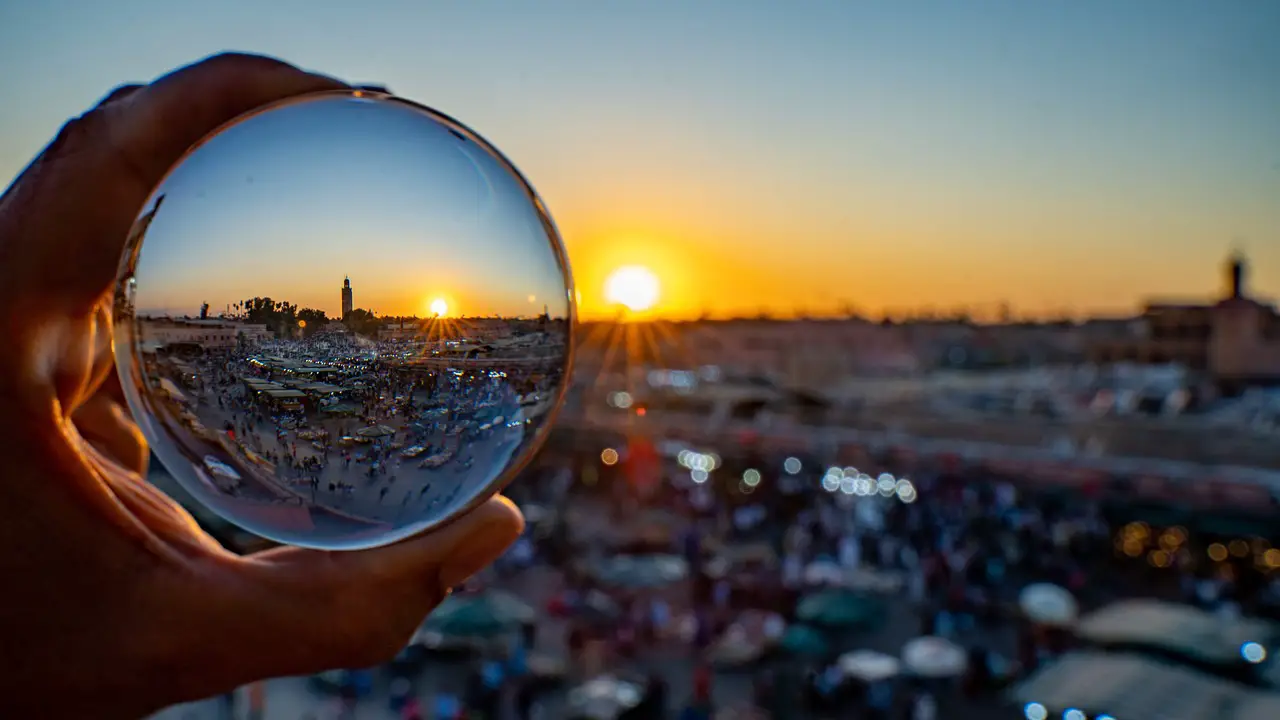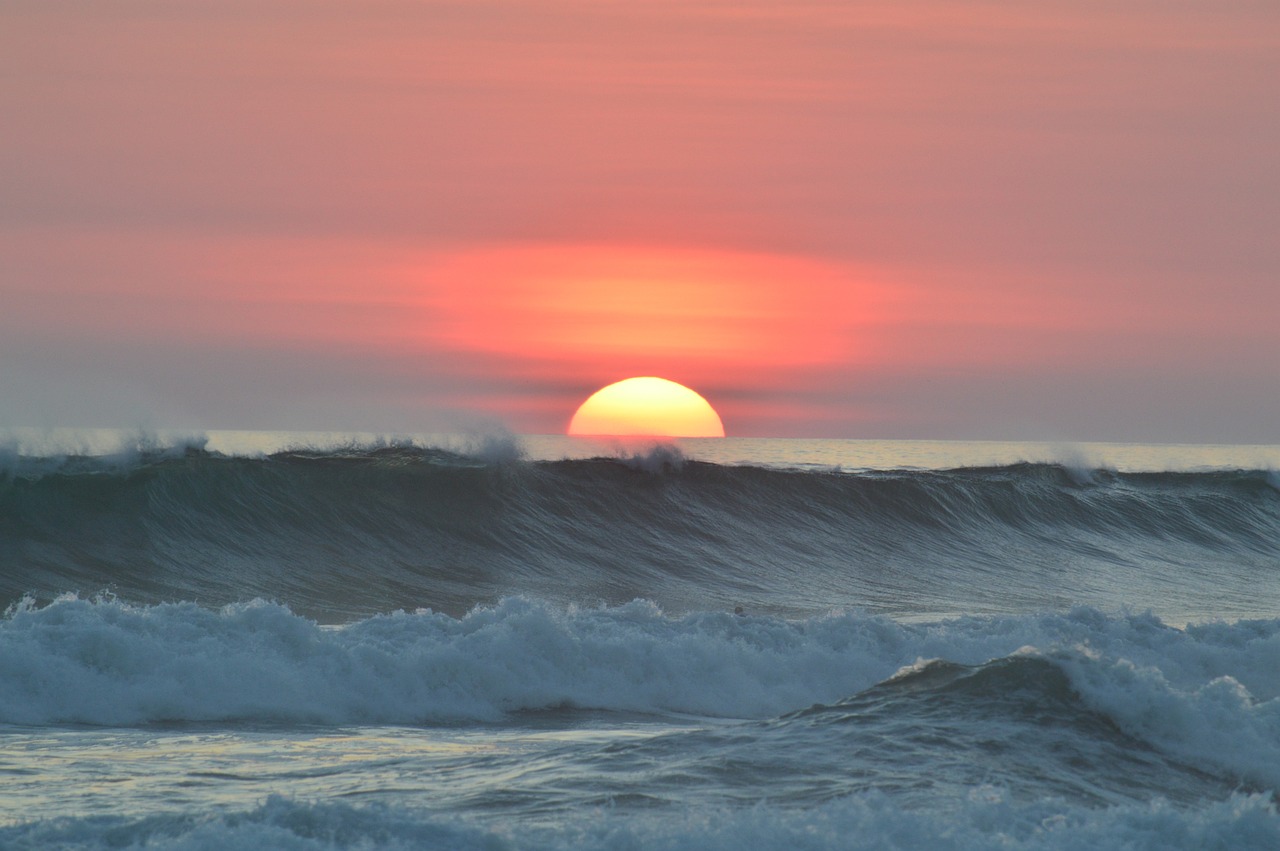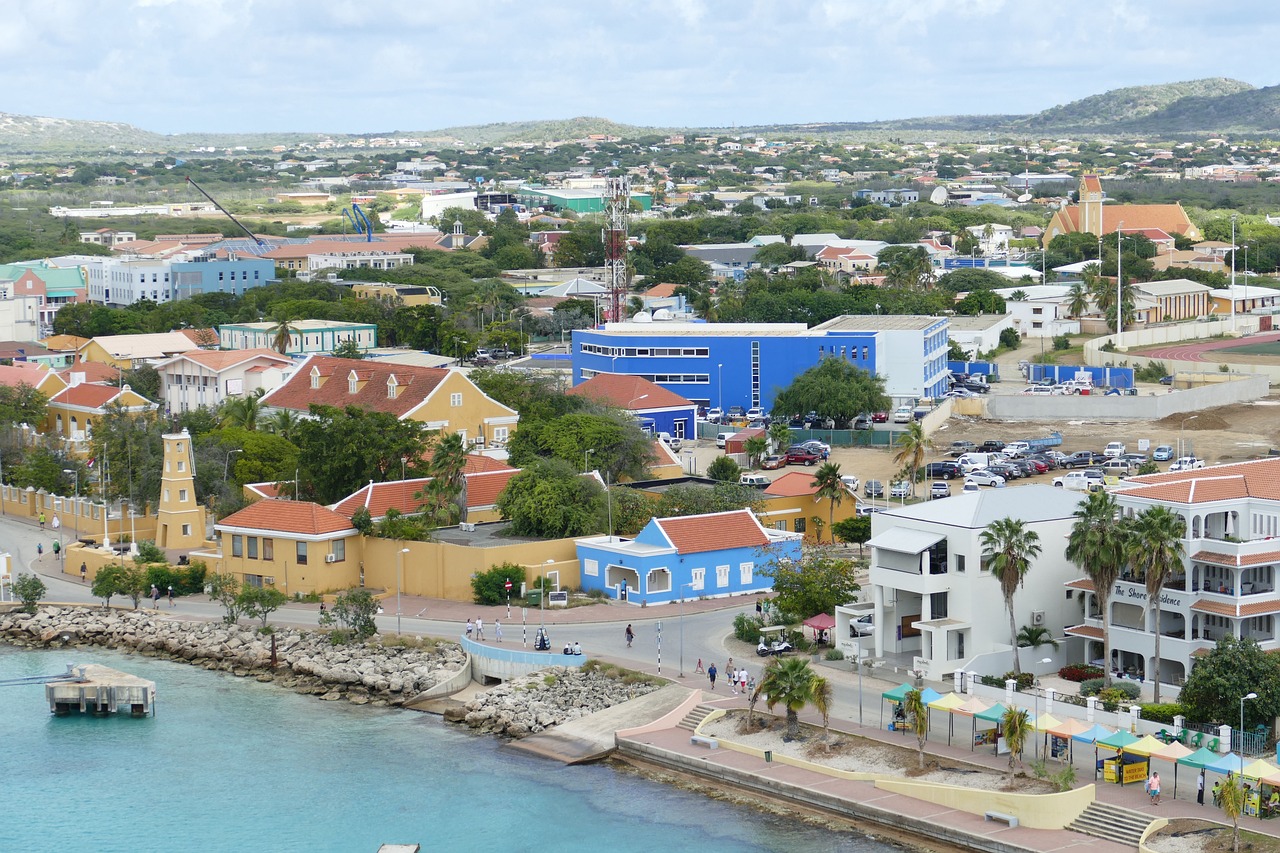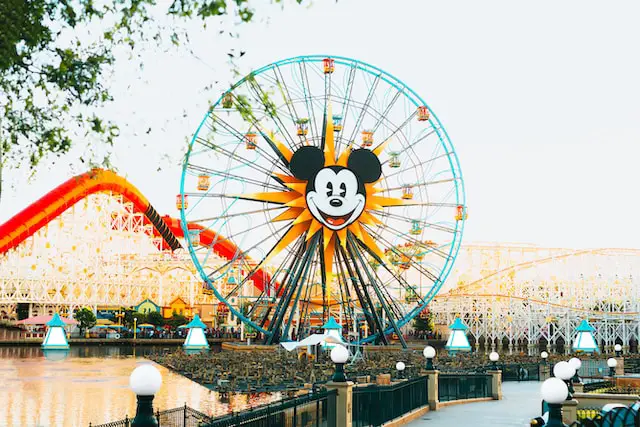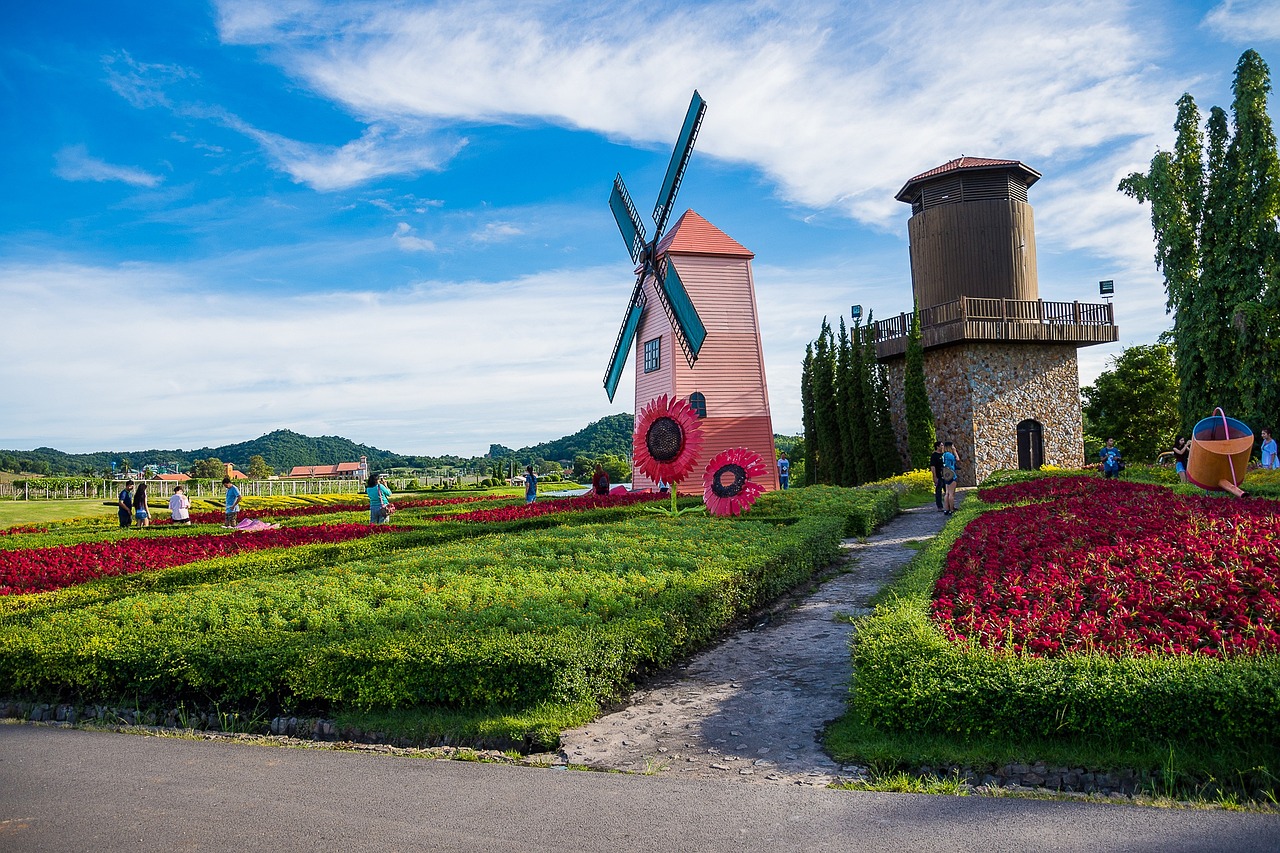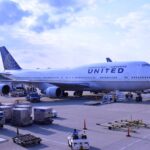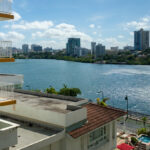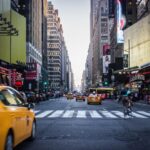San Francisco, the cultural, commercial, and financial heart of Northern California, is a city of vibrant diversity and iconic imagery. Known for its steep rolling hills, eclectic architecture, and landmarks like the Golden Gate Bridge, Alcatraz Island, and the cable cars, San Francisco is a city that captures the imagination like no other.
The city covers an area of about 46.9 square miles, making it the second-most densely populated large U.S. city, after New York City. Despite its compact size, San Francisco is home to over 800,000 people, with a diverse population that includes a significant Asian community and a long-standing, influential LGBTQ+ community.
San Francisco’s history is as colorful as its houses. Founded on June 29, 1776, by Spanish colonists, the city was named after Saint Francis of Assisi. It saw explosive growth during the California Gold Rush of 1849, as thousands of fortune seekers flocked to the area. This period set the stage for San Francisco’s long-standing ethos of entrepreneurship and innovation.
The city is also well-known for its historical significance in counterculture movements, including the Beat Generation in the 1950s and the Summer of Love in the Haight-Ashbury district in 1967. These movements cemented San Francisco’s reputation as a hub for liberal activism in the United States.
Landmarks and Attractions
The Golden Gate Bridge is perhaps the most famous symbol of San Francisco. Completed in 1937, it was the longest suspension bridge span in the world at the time. Its unmistakable International Orange color and art deco styling make it a must-see for visitors.
Alcatraz Island, located in San Francisco Bay, was once a notorious federal prison that held some of the most famous criminals in American history, such as Al Capone. Today, it’s a popular tourist destination offering a glimpse into the life of the prison, with guided tours that share stories of infamous inmates and daring escape attempts.
Fisherman’s Wharf is another popular attraction, known for its historic waterfront, delicious seafood, unique shopping experiences, and sea lion sightings. The nearby Ghirardelli Square, once a chocolate factory, now houses a collection of boutique shops, galleries, and restaurants.
Cultural Diversity and Neighborhoods
The cultural diversity of San Francisco can be seen in its neighborhoods. Chinatown, the oldest in North America, provides an authentic glimpse into Chinese American life. Visitors are drawn to its temples, theaters, workshops, small businesses, and Dragon’s Gate, a paifang at the entrance to Chinatown.
The Mission District is renowned for its Mexican-American community, colorful murals, and the Mission San Francisco de Asís, the city’s oldest surviving structure. The neighborhood’s Latino roots are palpable in the cuisine, festivals, and vibrant street art.
Castro is known as the gay capital of the world, and its influence on the city’s culture is evident. Rainbow flags adorn the streets, and businesses proudly display their support for the LGBTQ+ community. The area is not only a symbol of gay pride but also a testament to the city’s spirit of inclusivity and acceptance.
Innovation and Economy
San Francisco is synonymous with Silicon Valley, the nearby hub of innovation and technology. The city itself has become a center for tech startups and venture capital firms. Tech giants like Twitter, Uber, and Salesforce are headquartered in San Francisco, contributing to its reputation as a global center for tech innovation.
The economy is not just tech-driven; finance, tourism, and healthcare also play significant roles. The San Francisco Stock Exchange, although not as prominent as the New York Stock Exchange, was the first and oldest stock exchange in the Western United States.
Sustainability and Environmental Initiatives
San Francisco is a leader in environmental policy among American cities. It has ambitious recycling programs and has taken significant steps toward sustainability with initiatives to reduce greenhouse gas emissions and improve public transportation. The city is on the forefront of the zero-waste movement, aiming to be waste-free by 2030.
The city’s parks and recreational areas, such as the Golden Gate Park, which is larger than New York’s Central Park, offer residents and visitors alike a place to enjoy nature. The park is home to gardens, playgrounds, lakes, picnic groves, trails, and the California Academy of Sciences.
Cuisine and Culinary Scene
San Francisco’s culinary scene is as diverse as its population. The city is famous for its sourdough bread and the Mission burrito. It has a dynamic food culture with a focus on farm-to-table dining and a celebration of organic and locally sourced ingredients.
The city boasts an impressive number of Michelin-starred restaurants, reflecting a range of cuisines that testify to its cosmopolitan nature. San Francisco’s seafood is particularly noteworthy, with Dungeness crab being a local delicacy. Food festivals and street food markets also play a significant part in the city’s food scene, offering a taste of
the world in one place.
Arts and Entertainment
San Francisco has a thriving arts scene, with institutions like the San Francisco Museum of Modern Art (SFMOMA), the Opera House, and the Symphony Orchestra. The city’s theater district hosts Broadway shows, while smaller venues showcase independent performances.
The city’s music scene has historically been influential, and it remains vibrant with venues like The Fillmore, which has hosted legendary rock and jazz musicians. Film festivals, such as the San Francisco International Film Festival, attract a global audience and contribute to the city’s rich cultural tapestry.
Challenges and Resilience
Like many urban centers, San Francisco faces its share of challenges, including a high cost of living, homelessness, and issues related to gentrification. The city’s housing market is one of the most expensive in the world, which has led to a complex socio-economic landscape.
However, San Francisco’s resilience is as iconic as its landscapes. The city has rebuilt itself, both physically and culturally, following the devastating 1906 earthquake and fires. Today, it continues to confront its challenges head-on, with community initiatives and policies aimed at inclusivity and sustainable living.
San Francisco is a city of contrasts — from its fog-shrouded mornings to its sunny coastlines, from the heights of Twin Peaks to the flats of the Marina District. Its spirit is one of resilience, innovation, and an unwavering celebration of diversity. Whether you’re walking across the Golden Gate Bridge, indulging in the culinary delights of the Ferry Building, or exploring the myriad of neighborhoods, San Francisco offers an experience that is as unique and multifaceted as the city itself. As a cultural melting pot with an enduring charm, San Francisco continues to enchant residents and visitors alike, securing its place as a cherished icon of the American landscape.
In addition to its well-known landmarks and diverse neighborhoods, San Francisco’s geographical position adds another layer to its appeal. Perched on the tip of a peninsula and flanked by the Pacific Ocean and San Francisco Bay, the city boasts stunning natural scenery and a mild, although sometimes foggy, Mediterranean climate. This unique setting has contributed to San Francisco’s outdoor lifestyle, with surfing, sailing, and biking being popular activities.
Transportation is another aspect of San Francisco that is as much a part of its culture as it is a practicality. The city’s compact size means that many areas are easily walkable, and its well-established public transportation system includes the famous cable cars, the last manually operated system in the world, which have been carrying passengers since the late 19th century. The San Francisco Municipal Railway, or Muni, provides comprehensive bus and light rail networks, while BART (Bay Area Rapid Transit) extends to the surrounding suburbs and airports, making the city accessible both for locals and visitors.
Education and Research
San Francisco is also a center for education and research. Prestigious universities such as the University of California, San Francisco (UCSF), are recognized for their medical research and education. The city’s colleges and universities draw students from all over the world, contributing to the intellectual vibrancy of the region.
Innovation extends into the realms of health and sciences at the California Institute for Quantitative Biosciences (QB3) and other facilities, making the city a crucible for medical and biotech advancements. Moreover, the proximity to Silicon Valley positions San Francisco at the cutting edge of technological research and development.
Community and Lifestyle
San Francisco’s community initiatives are a testament to its socially progressive nature. The city has a history of advocacy for workers’ rights, health care reform, and environmental issues. This proactive approach to community challenges is evident in the city’s dedication to providing services for its diverse populations and in its vibrant civic life.
The lifestyle in San Francisco is a blend of the city’s laid-back California roots and its status as an international urban center. Outdoor festivals, such as the annual Pride Parade and the Chinese New Year Festival and Parade, showcase the city’s community spirit and its residents’ pride in their cultural heritage.
Housing and Urban Development
Housing continues to be a significant issue in San Francisco, with an ongoing debate between preservation of the city’s iconic architecture and the development of new housing to meet demand. Efforts to balance these needs have led to innovative solutions, such as the adaptive reuse of historic buildings and the development of new, more dense housing models.
The city’s architectural panorama ranges from the Painted Ladies—Victorian and Edwardian houses painted in multiple colors to enhance their architectural details—to the modern skyscrapers of the Financial District, such as the Salesforce Tower, which dominates the skyline as the tallest building in San Francisco.
Environmental Initiatives
San Francisco’s commitment to the environment is visible not just in its policies but also in its day-to-day life. The city encourages the use of green spaces, with initiatives to create more parks and gardens. The Presidio of San Francisco, once a military base, is now part of the Golden Gate National Recreation Area and is a model of urban park rehabilitation and usage.
The city’s leadership in banning plastic bags and reducing waste at the source has made it a model for other cities aiming to cut down on pollution and live more sustainably. Additionally, the use of electric car sharing programs and the installation of bike lanes have encouraged a shift towards more eco-friendly transportation options.
Arts and Culture
The arts and culture scene in San Francisco is both dynamic and accessible. The city’s dedication to the arts is evident in its support for local artists and its numerous galleries and studios. Public art installations dot the city, often sparking conversation and reflection among residents and visitors.
San Francisco’s literature scene remains vibrant, with independent bookstores thriving and regular readings and literary events taking place across the city. This literary bent underscores the city’s historical connection to the beat poets and writers who found a haven here in the mid-20th century.
Challenges Ahead
Despite its beauty and cultural richness, San Francisco is at a crossroads with challenges such as economic disparity and homelessness, which require innovative and compassionate solutions. The tech boom has brought wealth but also a cost of living that has strained the fabric of the city’s diverse communities.
San Francisco’s future will likely hinge on its ability to maintain its unique cultural character while addressing the needs of all its residents in a rapidly changing world. The city’s ability to adapt, as it has throughout its history, will be the key to preserving the essence of what makes San Francisco a beloved global icon.
San Francisco’s story is one of contrasts and contradictions, of rapid change and enduring traditions. It is a city where history is valued even as the future is fervently embraced. From the hushed redwood groves of Muir Woods to the clamor of a Giants game at Oracle Park, San Francisco offers an array of experiences that reflect the complexity and dynamism of urban life in the 21st century. It is a city that represents the best of American innovation, diversity, and resilience, continually reinventing itself while staying true to its soul. Whether bathed in the golden light of sunset or shrouded in the silver mist of the Pacific, San Francisco remains, undeniably, the jewel of the West Coast.


